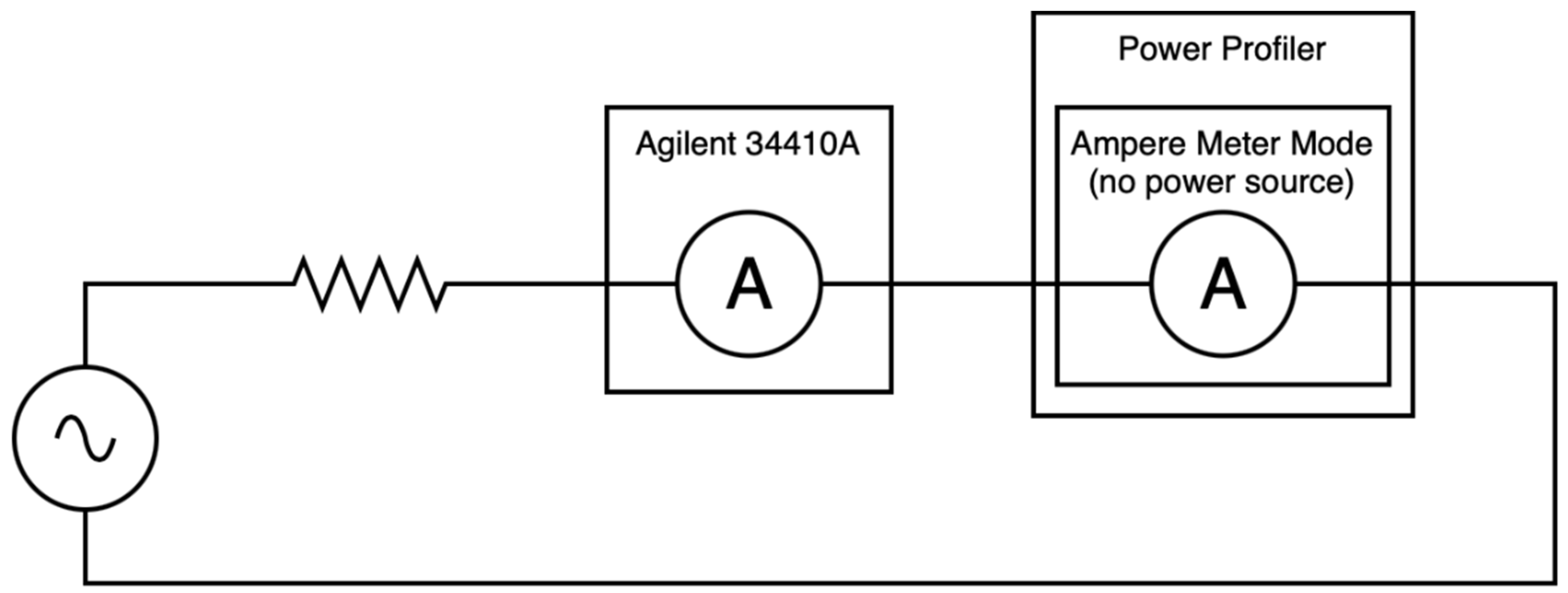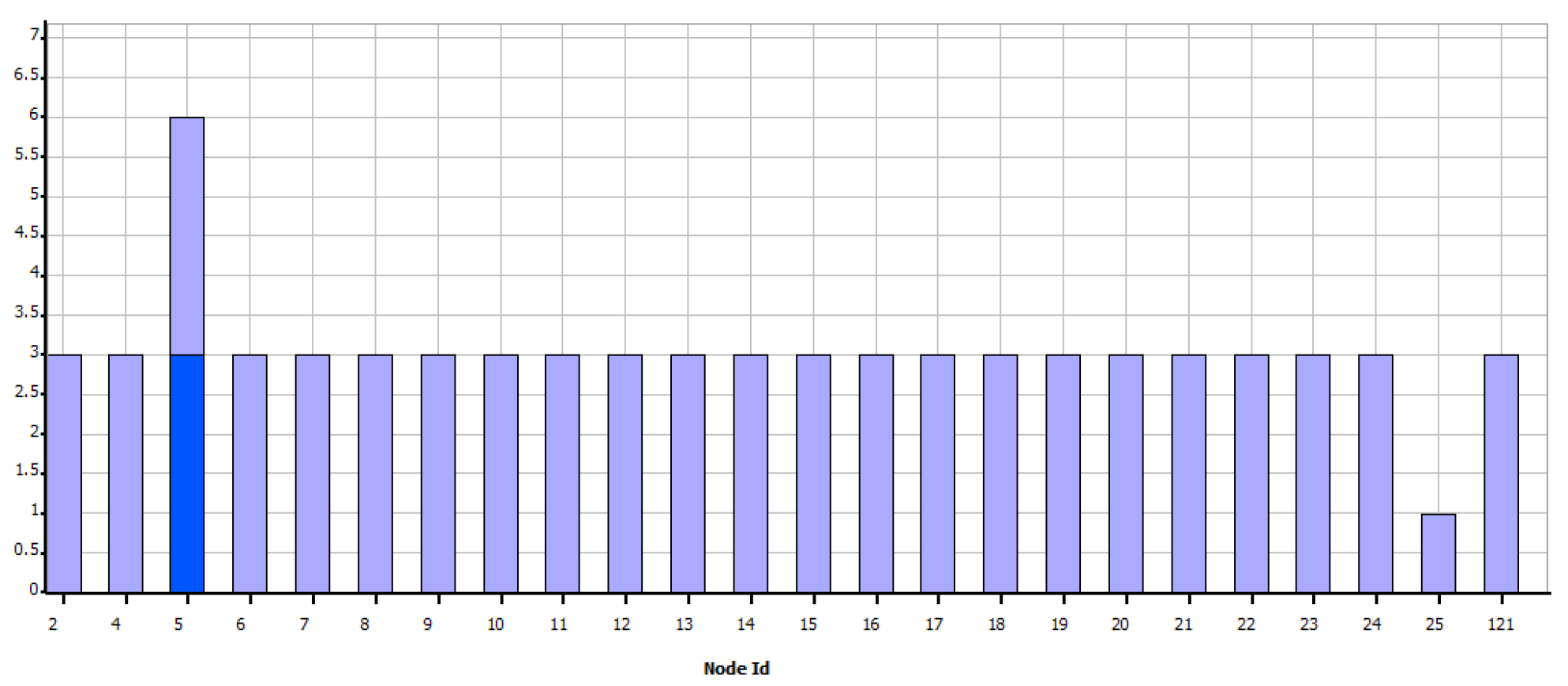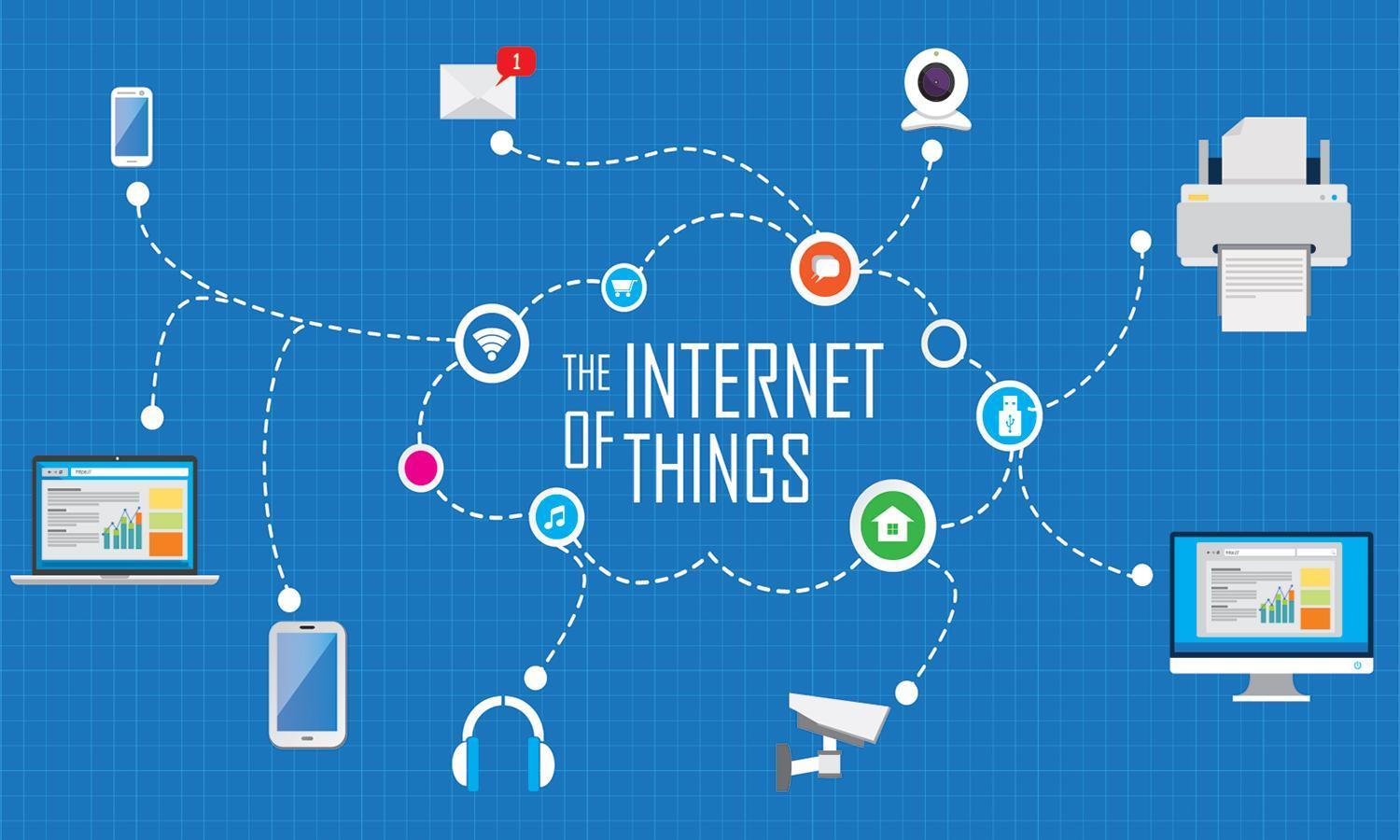Breaking barriers in smart metering with Wi-Fi HaLow: Smart meters are revolutionizing energy management, but deploying them effectively presents significant challenges, especially in remote or infrastructure-limited areas. Wi-Fi HaLow, with its extended range and low power consumption, offers a compelling solution. This guide explores how this technology overcomes obstacles related to range, power, security, cost, and interoperability, paving the way for widespread smart meter adoption.
Wi-Fi HaLow’s long range and low power consumption are breaking barriers in smart metering, expanding coverage and reducing costs. Think of it like the Razorbacks’ explosive offense – a powerful force extending its reach. Check out how Arkansas football tops Texas Tech in Liberty Bowl behind explosive this game’s highlights , a similarly impressive feat of range and impact.
Ultimately, both Wi-Fi HaLow and the Razorbacks demonstrate the power of effective reach and efficient performance.
We’ll delve into the technical specifics of Wi-Fi HaLow, comparing it to other communication methods and detailing strategies for optimizing signal propagation in various environments. We’ll also examine power management techniques, security protocols, and cost-effectiveness, alongside real-world examples of successful deployments. Finally, we’ll look ahead to future trends and innovations in this exciting field.
Wi-Fi HaLow in Smart Metering: A Technological Deep Dive: Breaking Barriers In Smart Metering With Wi-Fi HaLow

Smart metering is revolutionizing energy management, offering real-time data and granular control over energy consumption. However, reliable communication between smart meters and the central network remains a significant challenge, especially in areas with limited infrastructure. Wi-Fi HaLow, with its long range and low power consumption, emerges as a promising solution to overcome these hurdles. This article delves into the specifics of utilizing Wi-Fi HaLow in smart metering, addressing key aspects from technical specifications to security considerations and cost-effectiveness.
Wi-Fi HaLow Technology in Smart Metering Applications
Wi-Fi HaLow, operating in the 900 MHz band, offers several advantages over other communication technologies for smart metering. Its longer range compared to other short-range technologies like Zigbee or Z-Wave allows for wider coverage with fewer base stations, reducing infrastructure costs. Low power consumption extends battery life in smart meters, minimizing maintenance and replacement needs. While data rates might be lower than some other technologies, they are sufficient for the relatively low-bandwidth requirements of smart meter data transmission.
Deploying smart meters, particularly in rural or sparsely populated areas with limited existing infrastructure (like cellular towers or wired networks), often presents significant logistical and financial challenges. Wi-Fi HaLow’s extended range directly addresses this, making it economically feasible to connect meters even in remote locations.
Wi-Fi HaLow’s technical specifications relevant to smart meters include a range of up to 1 kilometer in open space, power consumption typically in the milliwatt range, and data rates sufficient for transmitting essential meter readings and other relevant data. The specific data rate and range will depend on factors like environmental conditions and antenna design.
Optimizing Wi-Fi HaLow Signal Propagation
Effective signal propagation is crucial for reliable smart meter communication. Strategies to optimize Wi-Fi HaLow signal transmission across diverse environments include careful antenna design and placement, and consideration of environmental obstacles.
In urban environments, building materials can significantly attenuate the signal. Employing directional antennas and strategic placement of access points (APs) can mitigate this. For instance, strategically placing APs on rooftops or high-rise buildings can provide broader coverage. In rural areas, longer ranges are achievable, but foliage and terrain variations can affect signal strength. Using omnidirectional antennas with higher gain and implementing repeater networks can enhance coverage.
Indoor deployments might benefit from the use of strategically placed repeaters or mesh networks to extend coverage to areas where the signal is weak.
Examples of antenna designs include high-gain directional antennas for targeted coverage and omnidirectional antennas for broader but potentially weaker coverage. Techniques like beamforming can further enhance signal strength and directionality.
Overcoming obstacles like building materials and foliage requires a combination of strategies. Using antennas with better penetration capabilities, increasing transmission power (within regulatory limits), and employing signal boosting techniques such as repeaters and mesh networks are all effective approaches.
Power Management Techniques for Extended Battery Life
Extending battery life in Wi-Fi HaLow enabled smart meters is crucial for cost-effectiveness and reduced maintenance. This requires implementing various power-saving strategies both in hardware and software.
Power-saving modes can include reducing transmission power during periods of low activity, employing sleep modes between data transmissions, and utilizing adaptive data rates based on signal strength and network conditions. Techniques like duty cycling, where the meter transmits data only periodically, are also effective. Comparing different power management techniques reveals trade-offs between energy consumption and data transmission frequency. For instance, while aggressive power saving reduces energy consumption, it might also decrease data transmission frequency, potentially leading to less frequent updates.
Optimizing the firmware and software involves efficient coding, minimizing unnecessary processing tasks, and using low-power components. Regular firmware updates can incorporate further improvements in power management.
Security and Data Privacy in Wi-Fi HaLow Smart Metering

Security and data privacy are paramount in smart metering. Potential vulnerabilities include unauthorized access to meter data, data manipulation, and denial-of-service attacks. Mitigation strategies involve implementing robust security protocols and encryption.
| Security Protocol | Description | Strengths | Weaknesses |
|---|---|---|---|
| WPA3 | Stronger encryption protocol for Wi-Fi | Improved security against various attacks | Higher computational overhead |
| TLS/SSL | Secure communication protocol for data transmission | Data confidentiality and integrity | Requires careful implementation and key management |
| AES Encryption | Symmetric encryption algorithm for data protection | Strong encryption strength | Key management is crucial |
| Authentication Protocols (e.g., RADIUS) | Verify the identity of devices accessing the network | Prevent unauthorized access | Requires robust infrastructure and configuration |
Encryption, using algorithms like AES, ensures data confidentiality. Authentication mechanisms, such as RADIUS, verify the identity of devices before granting access to the network. Regular security audits and firmware updates are essential to address emerging vulnerabilities.
Cost-Effectiveness and Scalability of Wi-Fi HaLow Deployments
Wi-Fi HaLow offers cost advantages compared to other technologies, especially in large-scale deployments. The longer range reduces the number of base stations required, lowering infrastructure costs. The low power consumption extends battery life, reducing the need for frequent battery replacements. The scalability of Wi-Fi HaLow is high; its ability to support a large number of devices makes it suitable for widespread smart meter deployments across diverse geographical areas.
Economically, Wi-Fi HaLow contributes to reduced operational costs due to lower infrastructure needs and reduced maintenance. Improved energy efficiency, resulting from optimized energy management, also adds to the economic benefits.
Okay, so we’re talking about smashing limitations in smart metering with Wi-Fi HaLow, right? It’s all about long-range, low-power communication. Think about how much easier life could be – and it got me thinking about personal challenges, like the ones Countryfile presenter Anita Rani shares in this revealing article: Countryfile presenter Anita Rani on ‘dark’ truth after marriage break.
It shows how even with massive technological advancements, personal hurdles remain. But back to smart meters: Wi-Fi HaLow is changing the game for energy efficiency and data collection.
Interoperability and Standardization in Wi-Fi HaLow Smart Metering
Interoperability is crucial for seamless integration of Wi-Fi HaLow smart meters with existing smart grid infrastructure. Standardization ensures compatibility between devices from different manufacturers.
- IEEE 802.11ah (Wi-Fi HaLow)
- DLMS/COSEM (Data Logging and Management System/Common Object Model for Energy Services)
- IEC 61850 (Communication networks and systems in substations)
- OpenADR (Open Automated Demand Response)
Challenges in achieving seamless integration include ensuring compatibility between different protocols and addressing potential interoperability issues. Opportunities lie in leveraging existing standards and developing new ones to facilitate broader adoption.
Case Studies and Real-World Deployments of Wi-Fi HaLow, Breaking barriers in smart metering with Wi-Fi HaLow

Several successful deployments of Wi-Fi HaLow in smart metering illustrate its effectiveness. For example, a utility company in a rural area successfully deployed Wi-Fi HaLow smart meters, significantly reducing infrastructure costs compared to cellular-based solutions. The extended range of Wi-Fi HaLow enabled them to connect meters across vast distances, overcoming challenges posed by the sparsely populated region. Another example is a city-wide smart meter deployment, where Wi-Fi HaLow’s low power consumption extended battery life beyond expectations, minimizing maintenance requirements.
A successful Wi-Fi HaLow smart metering deployment might involve a star network topology, with smart meters communicating directly with a central base station. Data from the meters flows to the base station, which then transmits the aggregated data to a central server for analysis and reporting. This system ensures reliable data transmission while minimizing power consumption.
Future Trends and Innovations in Wi-Fi HaLow Technology

Future developments in Wi-Fi HaLow technology for smart metering could include improved power efficiency, higher data rates, and enhanced security features. Emerging technologies, such as AI-powered predictive analytics and advanced data management systems, can complement Wi-Fi HaLow, further optimizing energy management and grid efficiency. The long-term impact of Wi-Fi HaLow will likely be a more robust, cost-effective, and secure smart metering infrastructure, enabling more efficient and sustainable energy management practices.
Concluding Remarks
Wi-Fi HaLow presents a powerful solution to the challenges of smart meter deployment. By addressing issues of range, power consumption, security, and cost-effectiveness, it enables the widespread adoption of smart metering technology, leading to improved energy efficiency, reduced operational costs, and enhanced grid management. The future of smart grids is brighter, thanks to innovations like Wi-Fi HaLow, which continue to push the boundaries of what’s possible.
Questions Often Asked
What is the typical range of a Wi-Fi HaLow signal?
Okay, so we’re talking about Wi-Fi HaLow revolutionizing smart metering, right? It’s all about extending range and cutting costs. It’s a pretty big deal, especially considering how global events impact tech development. For example, check out this crazy news story: North Korean soldier captured in Ukraine dies: reports. That kind of geopolitical instability can affect supply chains and resource allocation, potentially impacting the rollout of new smart metering technologies like Wi-Fi HaLow, so it’s important to consider these factors.
The range varies depending on environmental factors, but it generally extends significantly further than traditional Wi-Fi, often exceeding 1km in open areas.
How secure is Wi-Fi HaLow for smart meter data?
Wi-Fi HaLow employs robust security protocols, including encryption and authentication, to protect data from unauthorized access. Specific implementations will vary.
What are the main differences between Wi-Fi HaLow and other low-power WAN technologies?
Compared to technologies like LoRaWAN or Sigfox, Wi-Fi HaLow offers higher data rates and better bi-directional communication capabilities, but might have a slightly shorter range in certain conditions.
Can Wi-Fi HaLow work with existing smart grid infrastructure?
With proper planning and the use of appropriate gateways and protocols, Wi-Fi HaLow can integrate seamlessly with existing smart grid infrastructure.